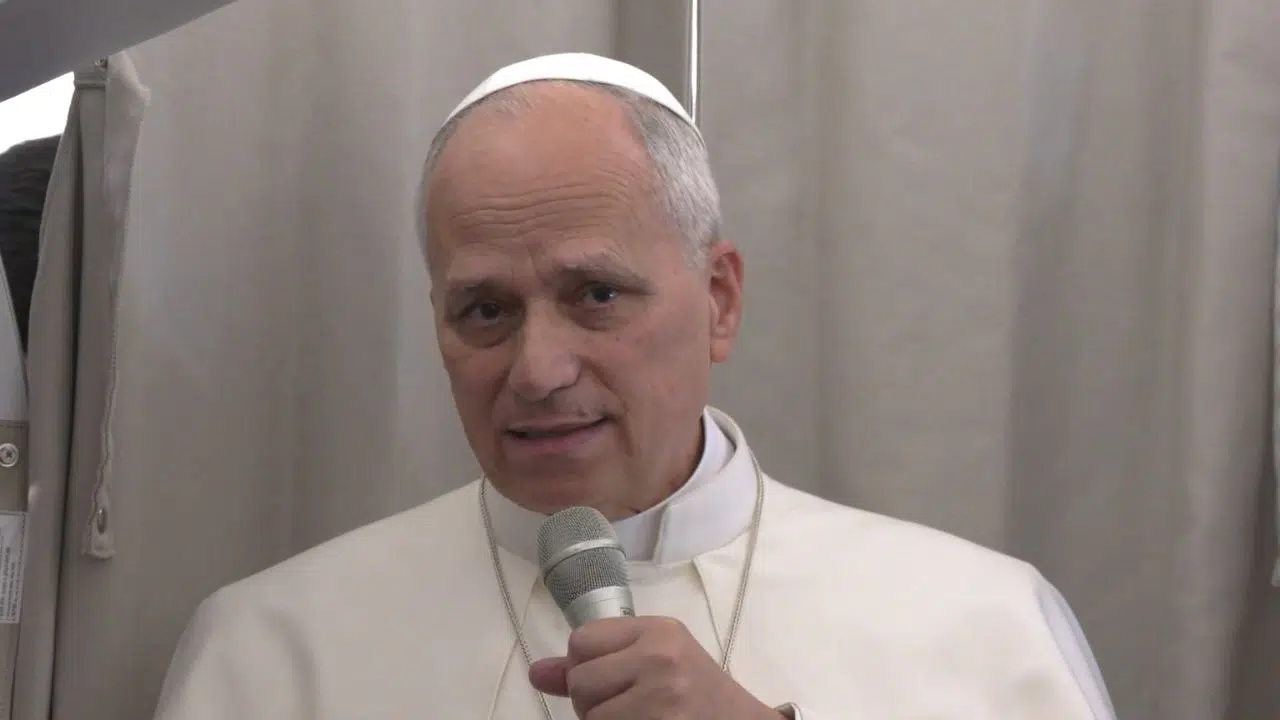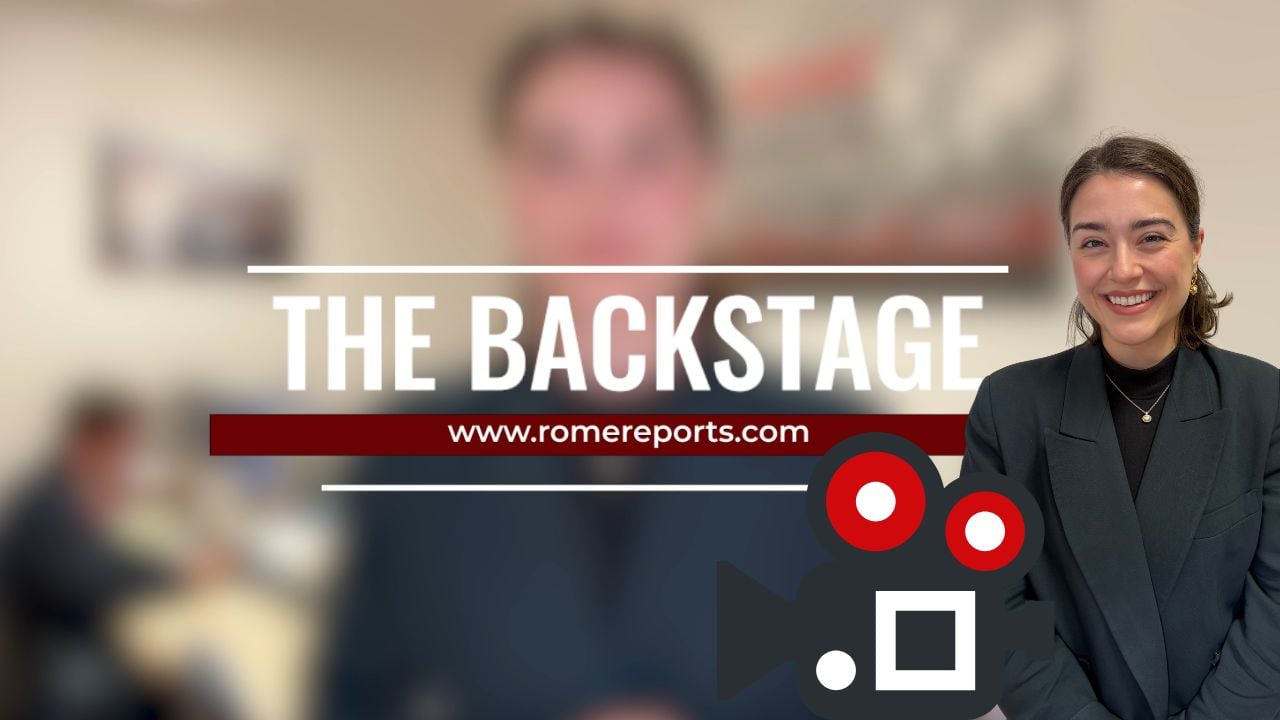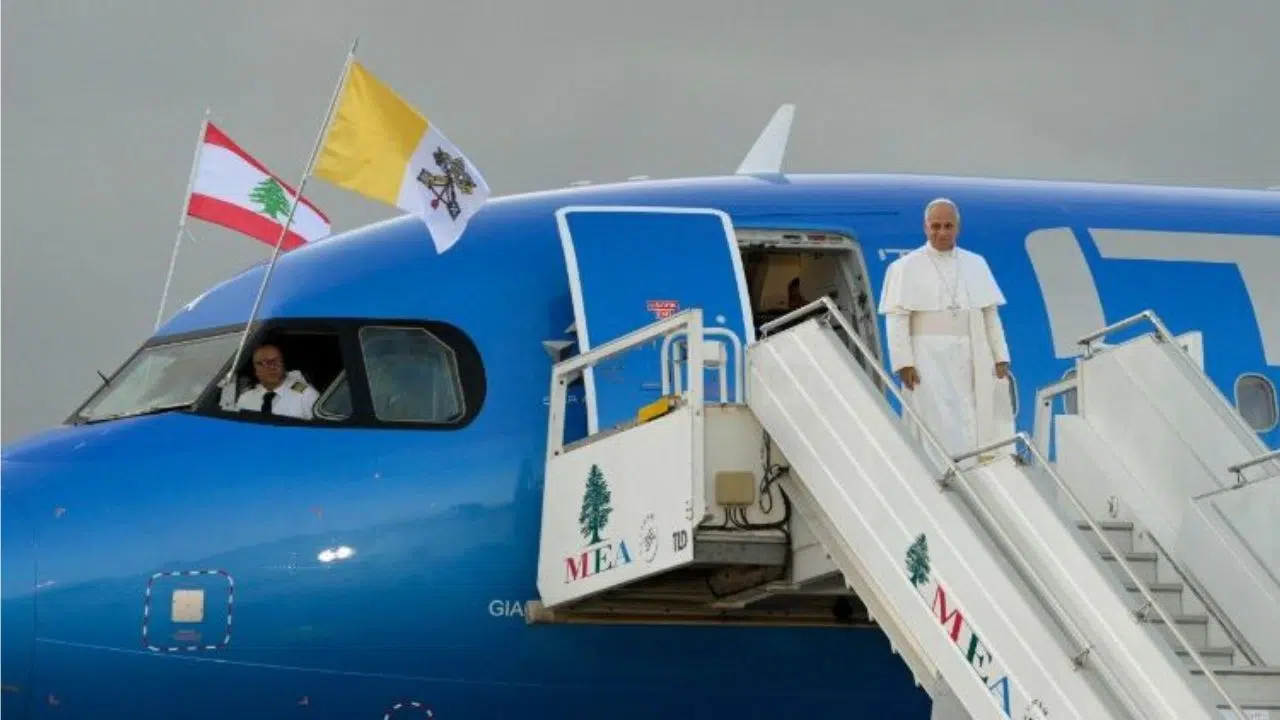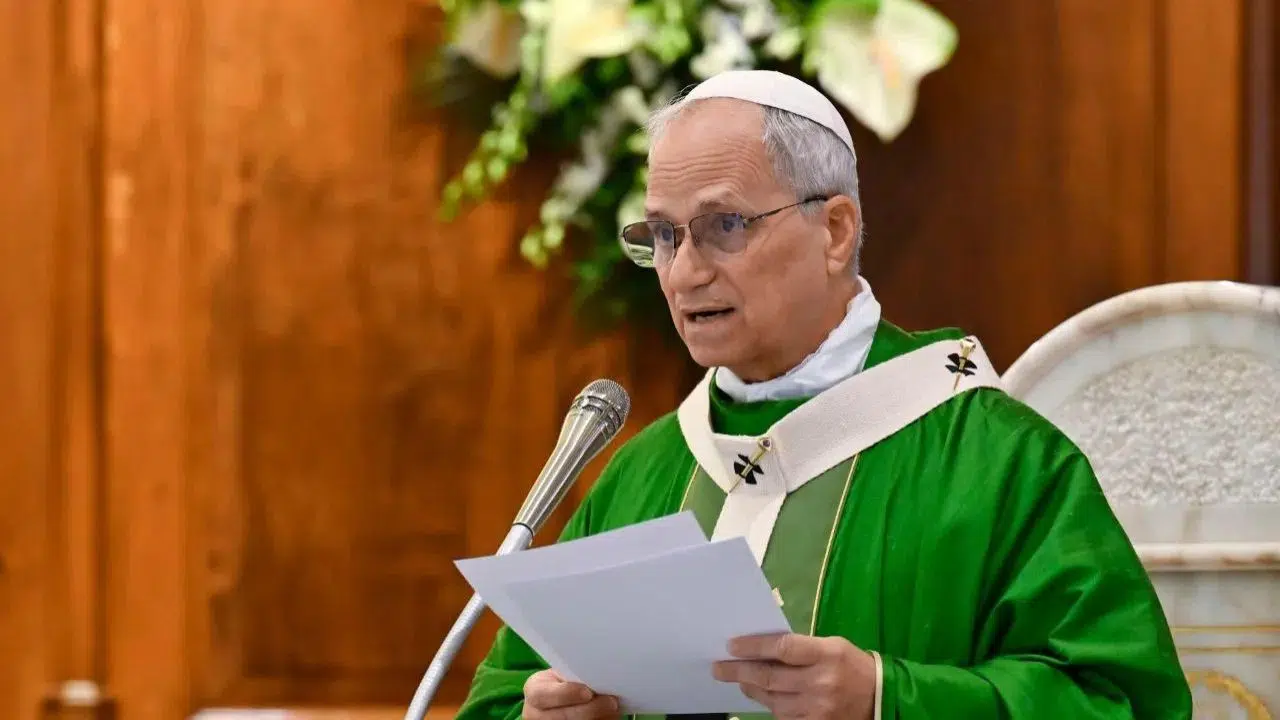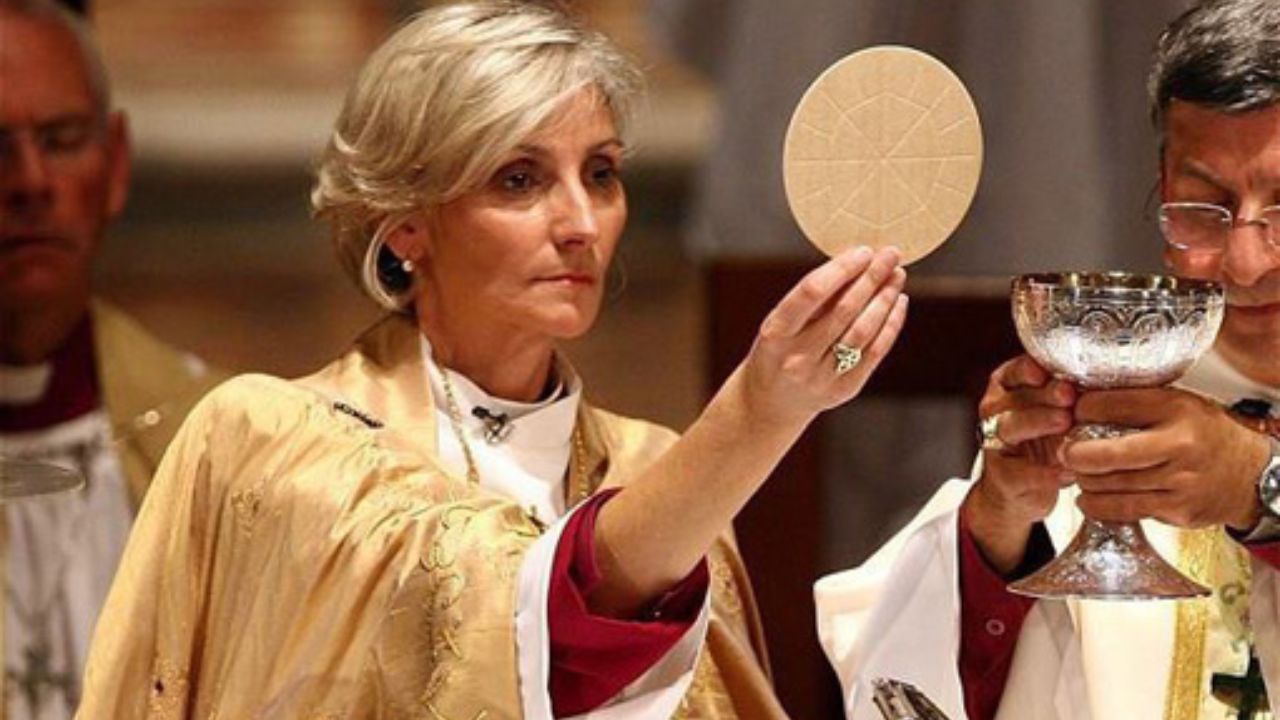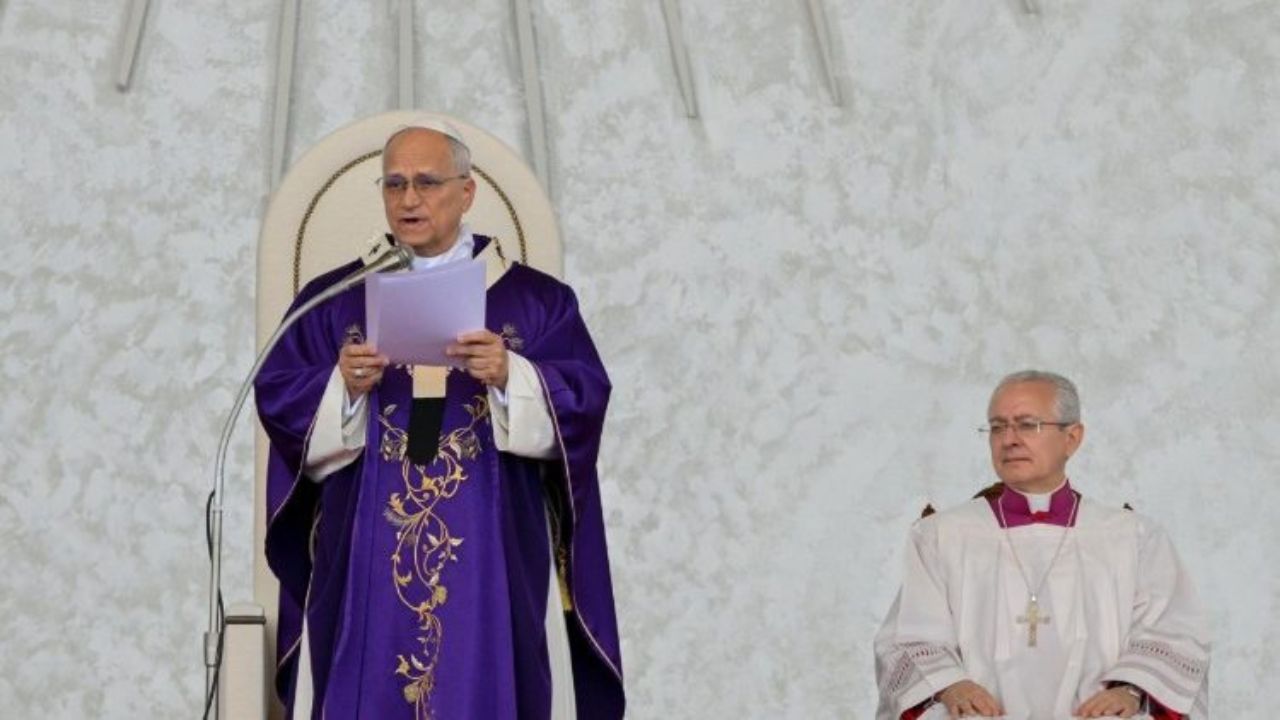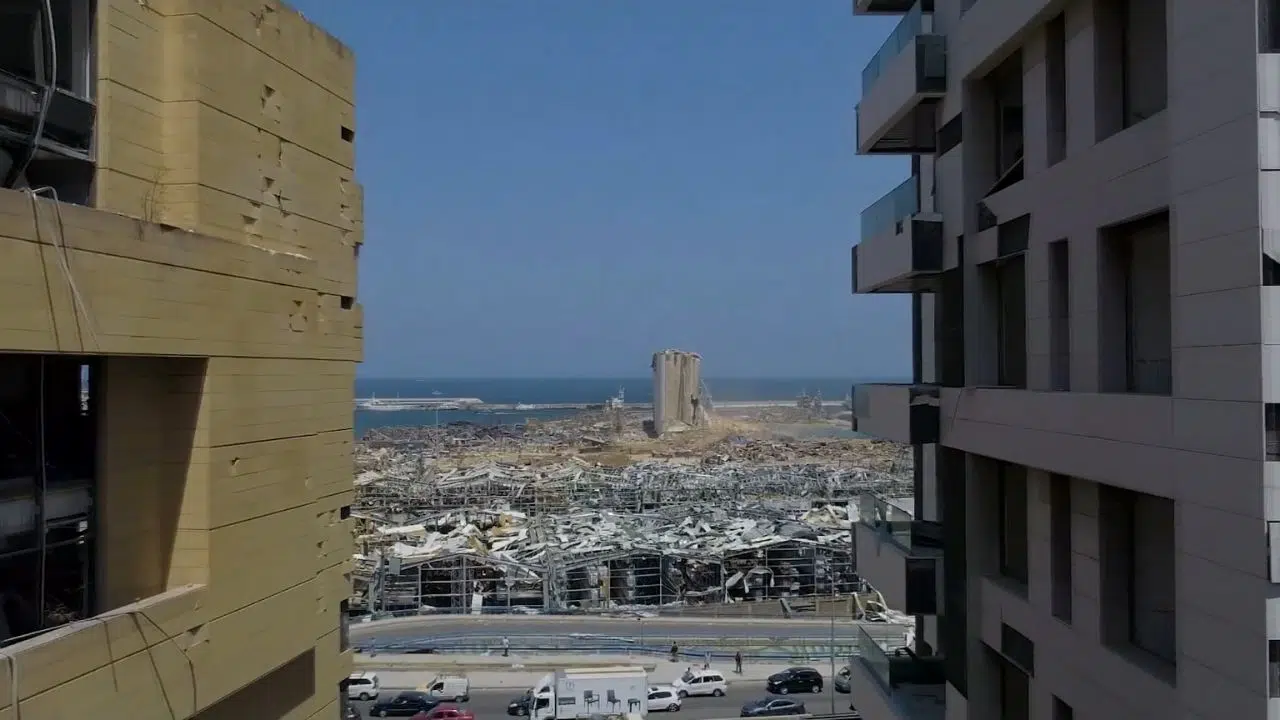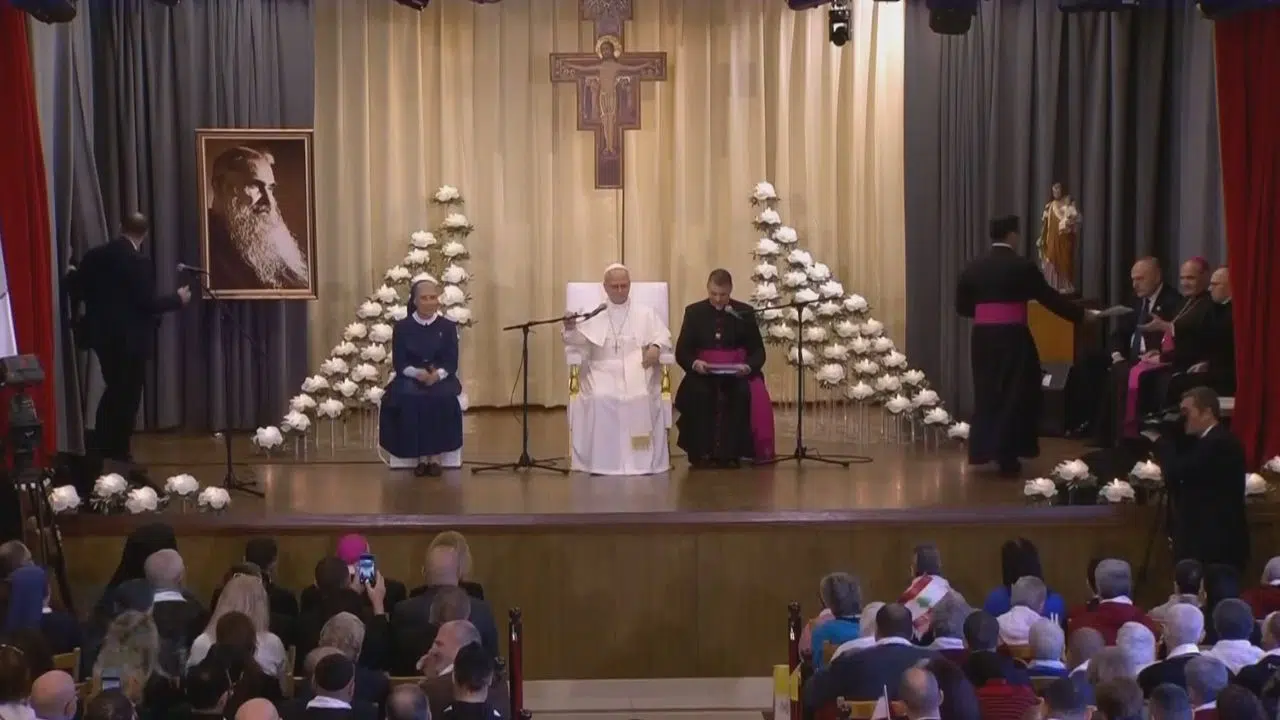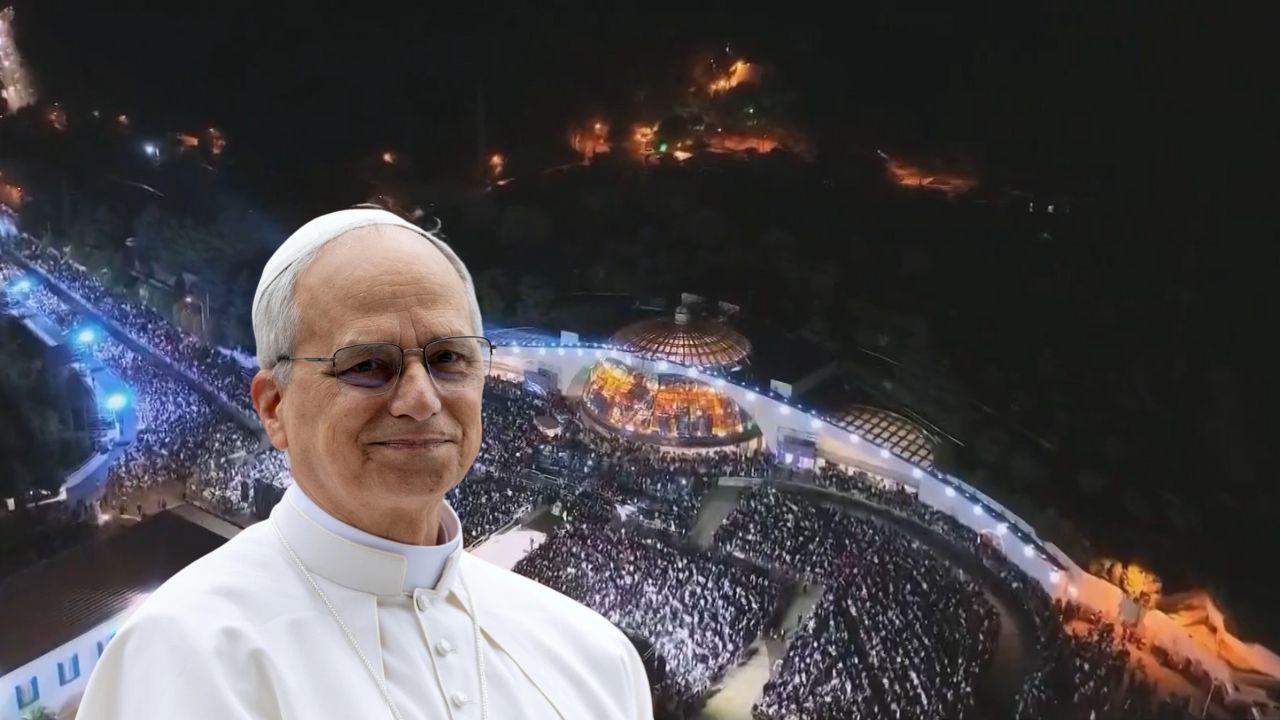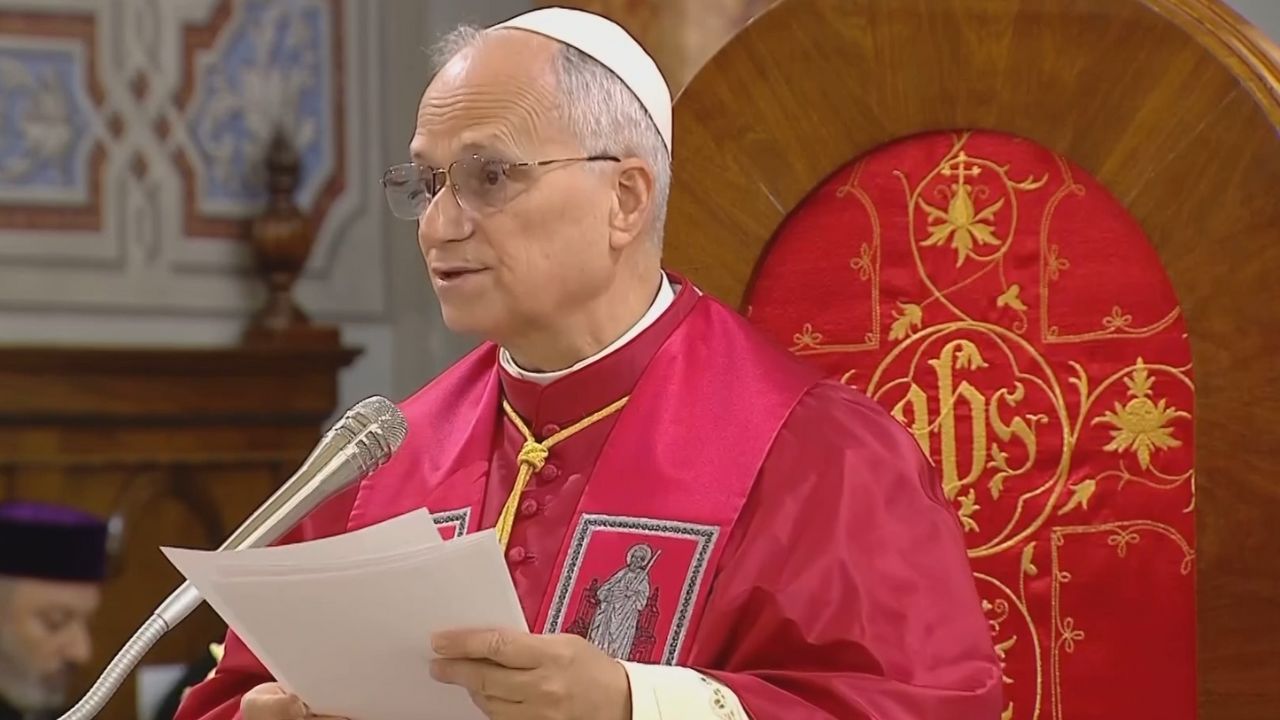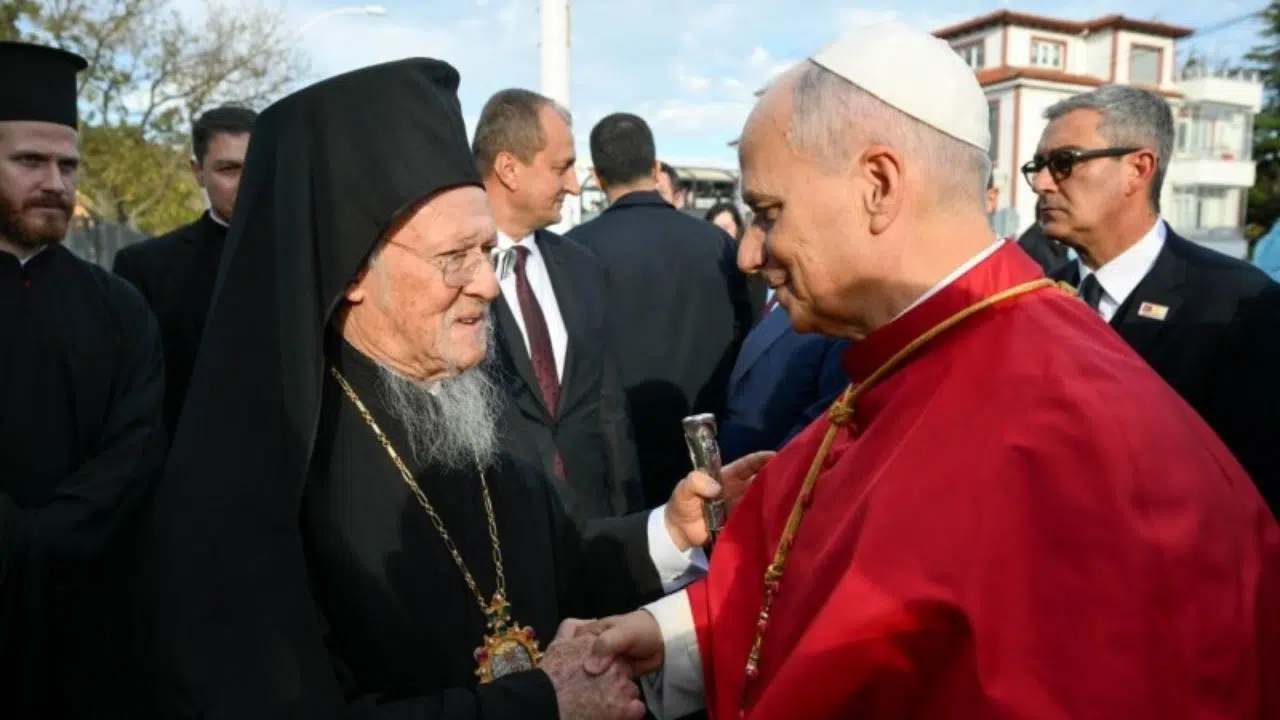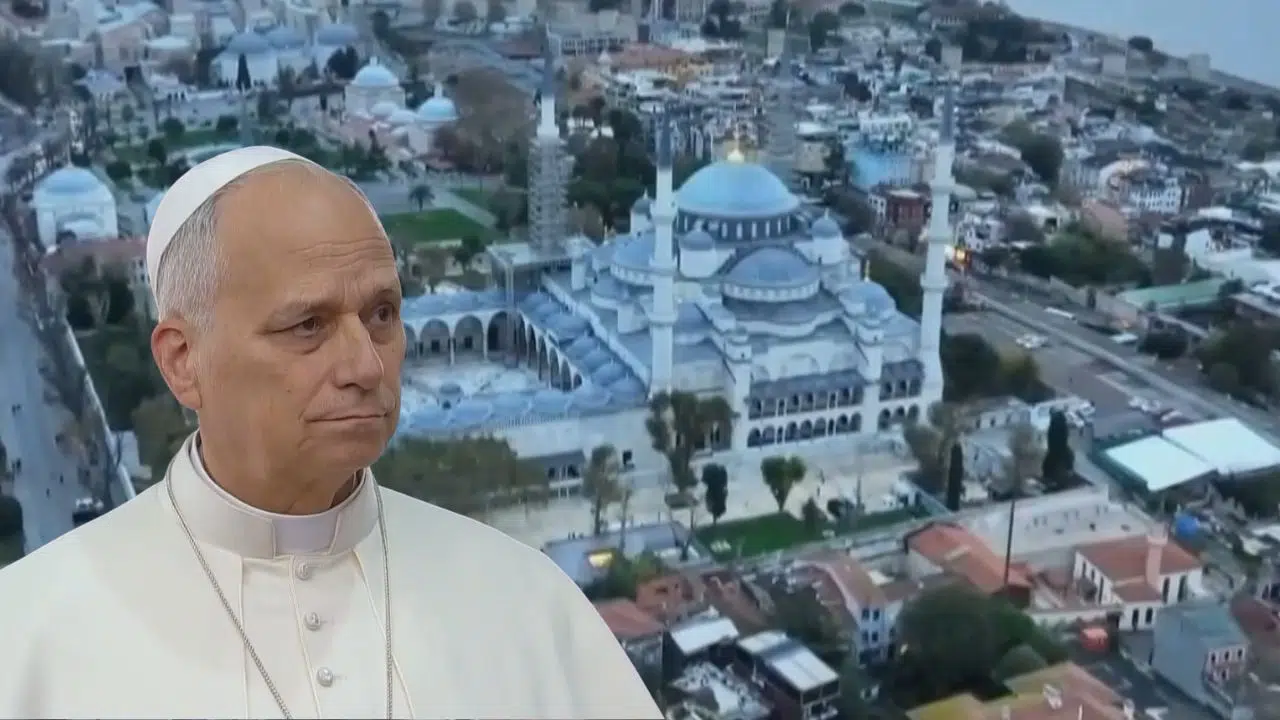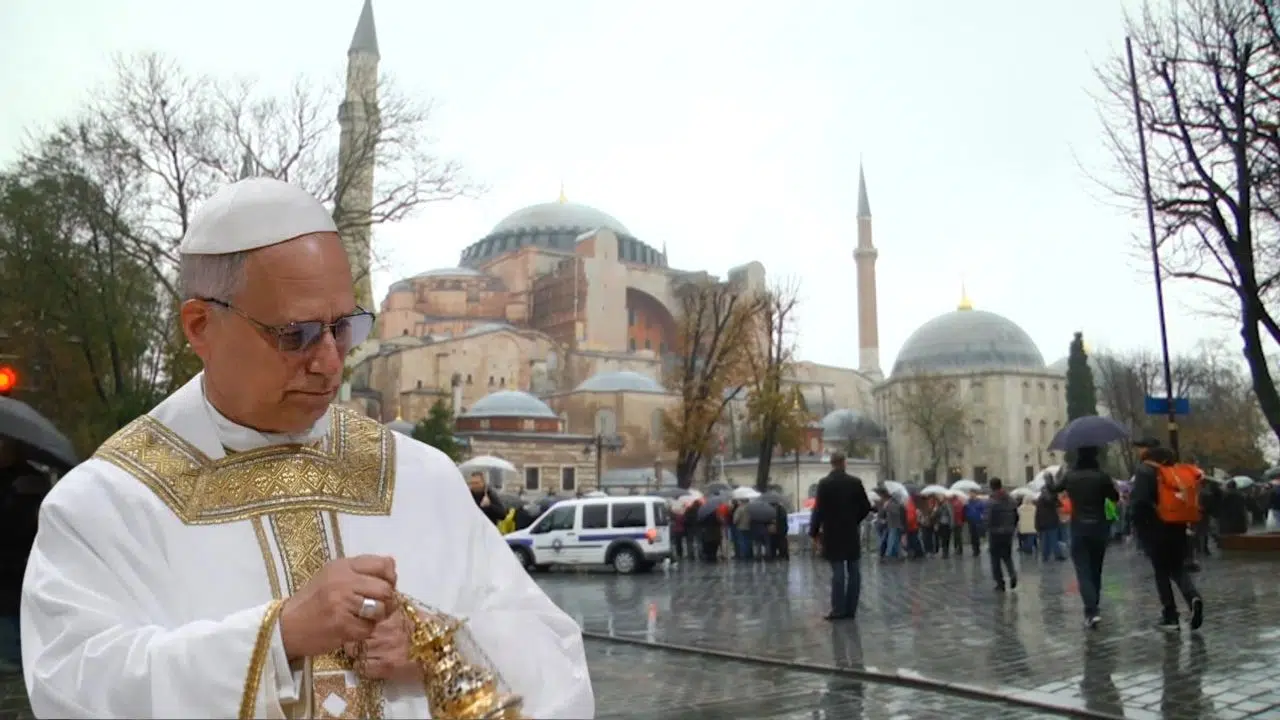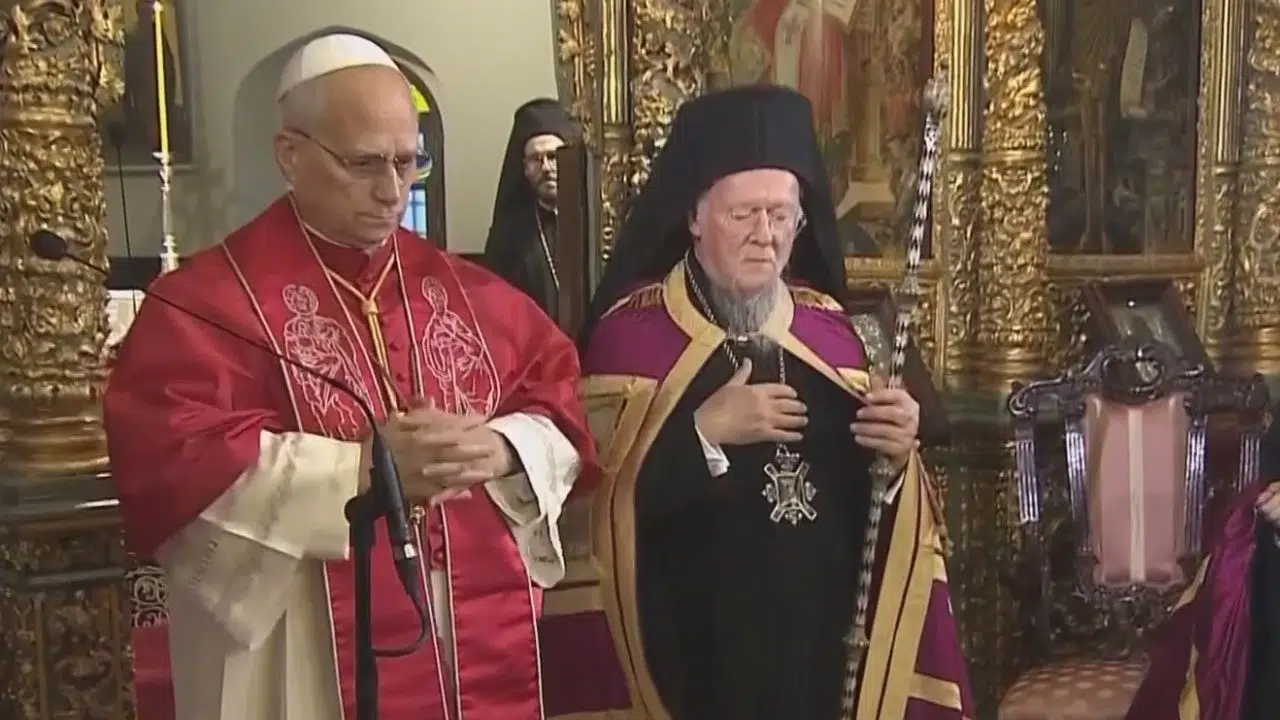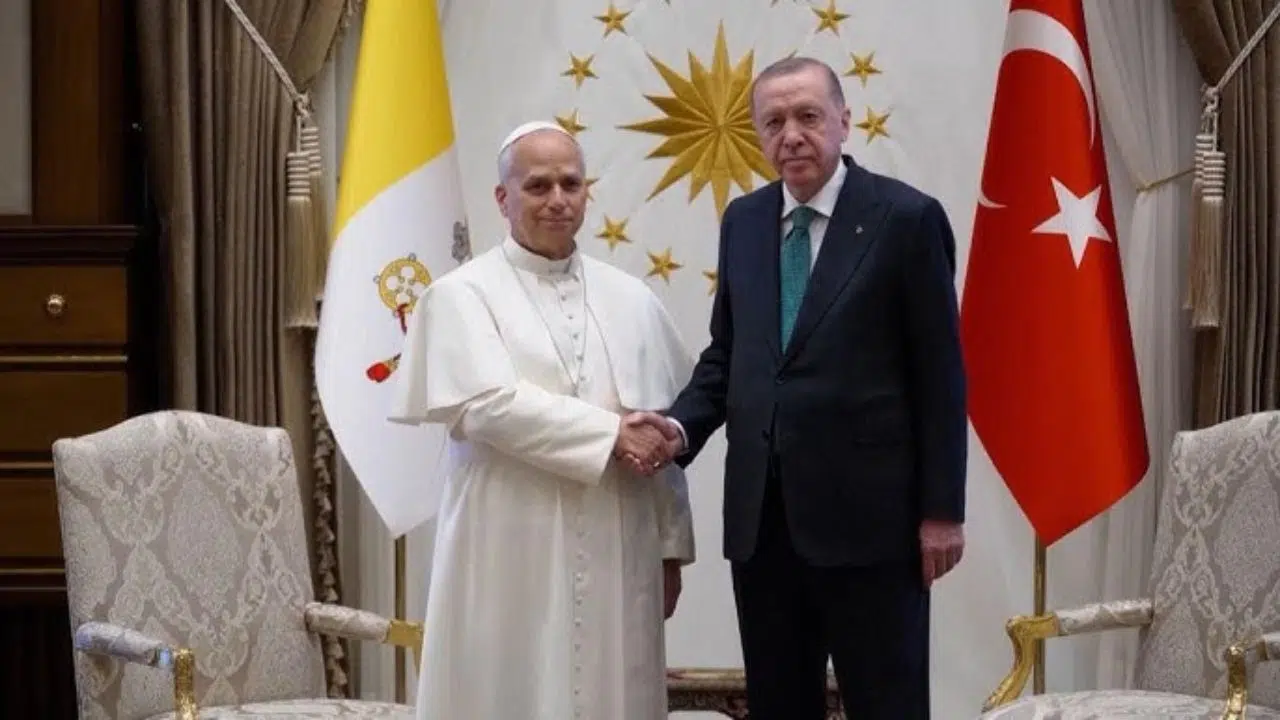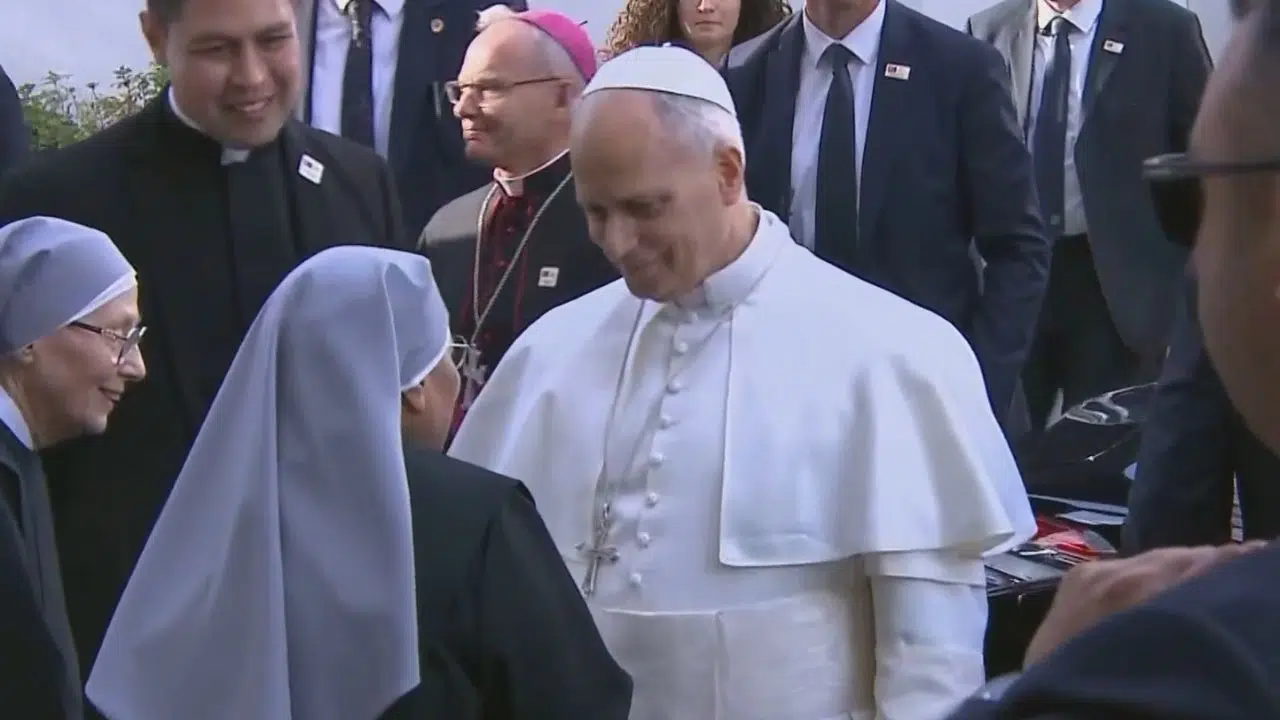This was the final official event of the day on Pope Leo XIV's agenda. He appeared in the Sala Regia, just a few meters from the Sistine Chapel, to attend a sacred music concert.
The event was organized to present a special stamp, commemorating the 500th anniversary of the birth of Giovanni Pierluigi of Palestrina, one of the most important Italian composers of the Renaissance.
Among those present were the Governor of Vatican City, Raffaella Petrini; several cardinals, including Dominique Mamberti, who pronounced the Habemus Papam; and members of the Domenico Bartolucci Foundation, named after the cardinal who served as director of the Sistine Chapel Choir for more than 40 years.
And after listening to pieces such as these…
Pope Leo XIV spoke about the importance of music in the liturgy, particularly as a means to encourage the faithful’s participation at Mass. In fact, he cited paragraph 14 of Sacrosanctum Concilium, one of the key documents of the Second Vatican Council.
POPE LEO XIV
The Roman polyphonic tradition, in addition to having left us an immense heritage of art and spirituality, remains even today a point of reference in the field of music—albeit with necessary adaptations—for sacred and liturgical composition, so that through singing the faithful may participate fully, consciously, and actively in the liturgy.
The focus of this Vatican II document is on the education of the faithful, so they can participate more intentionally in the liturgical celebrations.
Before the liturgical reform, their participation was more passive. The Second Vatican Council sought to promote new ways to help the faithful experience the sacrament of the Eucharist more fully.
CA
Trans. CRT
